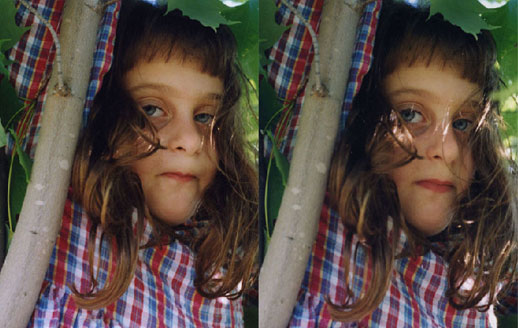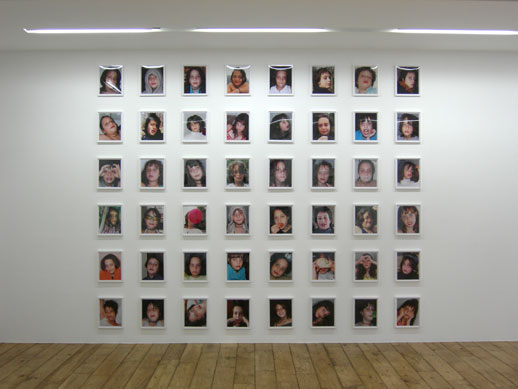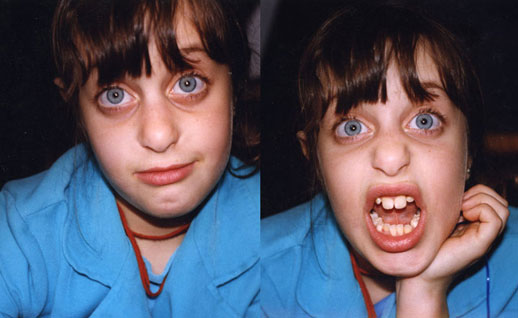Gazing Across a Room
Roni Horn’s career has spanned decades and yet she maintains her creative dexterity. She considers her relationship to her work to be fundamentally verbal and based on language. “I am probably more language-based than I am visual, and I move through language to arrive at the visual” . With a broad range of work that incorporates everything from sculptures to installations that incorporate both architectural and two-dimensional elements, she often returns to specific places that inspire her, such as Iceland, or overarching themes such as ambiguity of identity.

This is Me, This is You at the Rat Hole Gallery again sees her using photography as a sculptural medium. For her, the use of photography is interesting precisely because it is employs the “opposite of the actual. You’re working with the thing that you can peel off of something and still have the actual. The idea of image introduced into the actual was part of what I was questioning”
Similar to her earlier work You are the Weather, a series of pale portraits of a model called Margrét taken in Iceland, this compact installation focuses on the repetition of a single motif — the face. Two grids of forty-eight close-up portraits of her niece taken over several years face each other from opposing walls of the gallery. The relationship between the two is unstated and what you see is the transitional identity of an adolescent girl captured in all its complexity. The composition of the images in both grids is identical, but flicking one’s eyes back and forth between the two grids, one notices that the expressions change: the moments depicted in the portraits on one wall were all taken an instant after their corresponding portraits on the other wall. Georgia’s expressions vary from playfulness to defiance, sadness, confusion and confidence; presented with such a close-up revelation of the intimacy between the photographer and her subject, one cannot help but feel a sense of closeness is own relationship to the subject.

Speaking in 1995 to Claudia Spinelli about You are the Weather Horn stated that she wanted to depict Margrét not making eye contact with the viewer, because “As long as she makes eye contact, the relationship between the viewer and the subject is nonhierarchical, as well as non-voyeuristic. Thus, with Georgia’s direct gaze into the viewer’s eyes, This is Me, This is You explores what You are the Weather did not. Her face becomes the site of minute transitions that highlight the rhythms of the ordinary: the same face, on a different day, in a different place, showing a different emotion. And yet, This is Me, This is You retains an air of ambiguity. Unlike You are the Weather there is no reference to the landscape of a particular country to locate you in a specific context. Here we see are presented with Georgia engaged in role-playing, experimenting with various assumed identities that hairstyles, accessories and facial expressions are tried out and on. However, this is not the conceptual artifice of a Cindy Sherman set-up but a set of portraits delving into the developing identity of a specific individual close to the artist.

A key element in this work is the condensing of time. With the images taken only a few seconds apart, one’s experience of this photographic installation pivots on the connections we draw between the corresponding images. In terms of the installation as a sculptural piece, the viewer’s physical presence — moving between the two grids, head moving turning from side to side — is essential to its completion. But this is no mere family album. Unnecessary details have been cut out of the frame and we are made to focus only on the face. Georgia’s strikingly bright blue eyes draw us in to a moment that is past. These flat images stand in contrast to our bodily presence. This work is nuanced but ultimately it is ephemeral, reminding us very much of the flow of our own daily experiences that can so easily pass us by because of their seeming arbitrariness. Staring back into Georgia’s eyes and tracing the contours of her smile reminds us that the ordinary regains its beauty, intensity and humanity if we pay attention.
Rachel Carvosso
Rachel Carvosso



